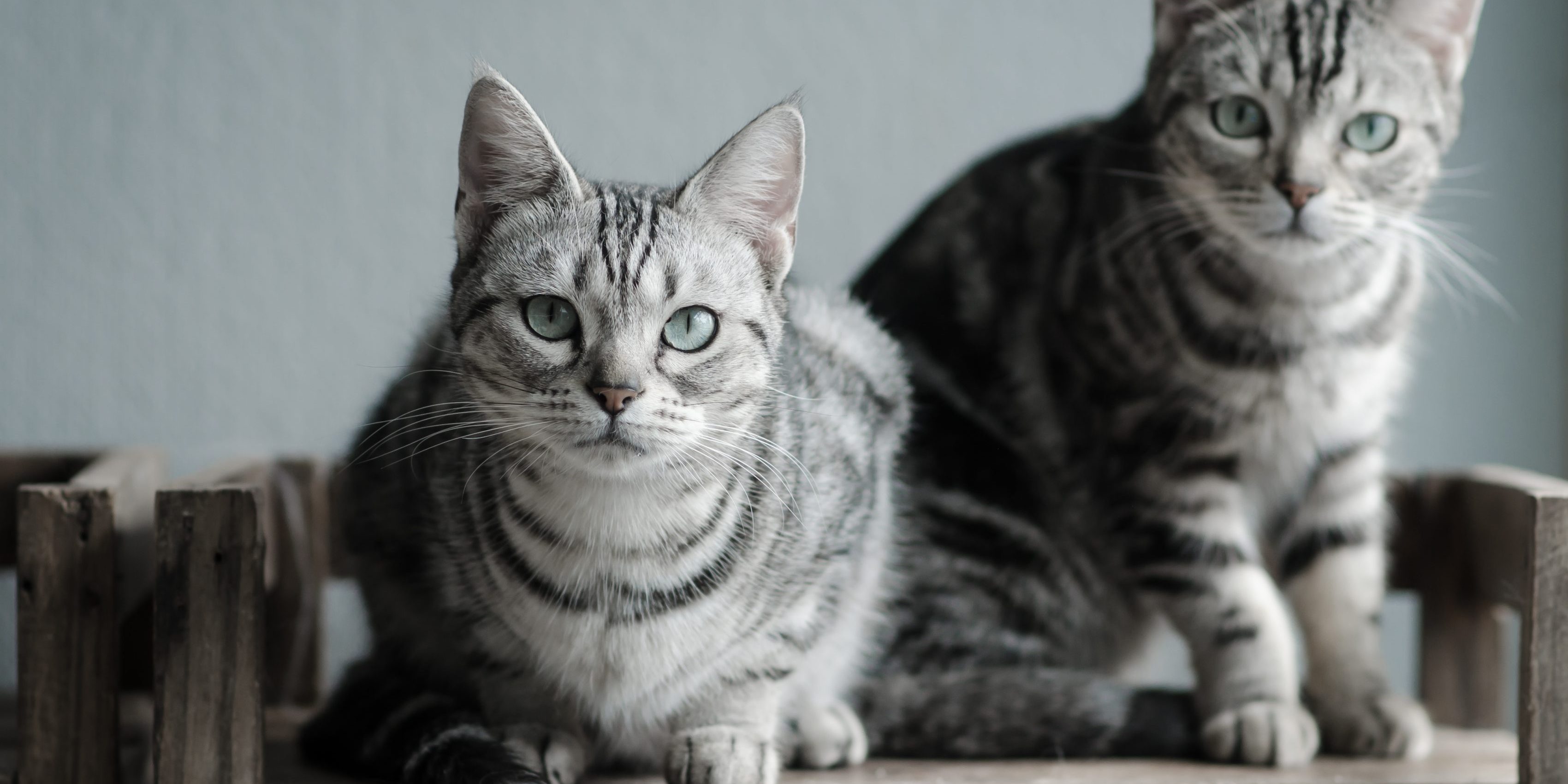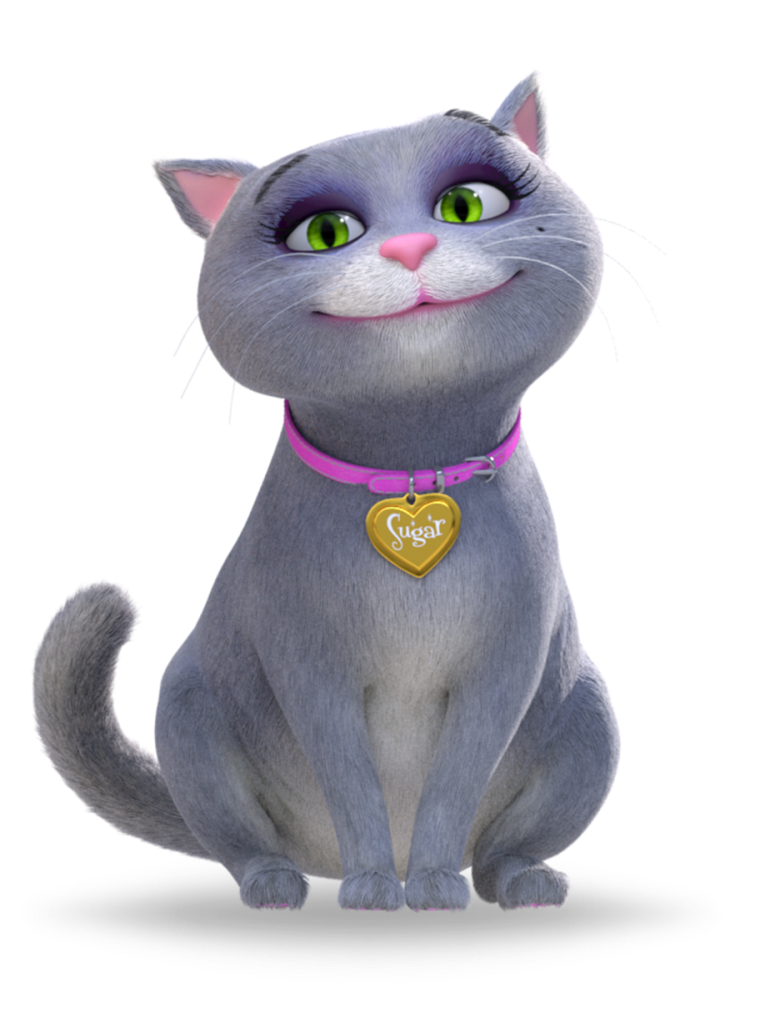
Frequently Asked Questions
Feline Diabetes
You have questions. We have answers. The following FAQs can help answer initial questions you may have about diabetes in cats. For specific questions, more information or diagnosis, talk to your veterinarian.
Diabetes in cats can be caused by weight gain or obesity. Genetics may also play a role in diabetes in cats, but the primary cause is largely unknown.
Diabetic cats receiving proper care and management have the same expected lifespan as a non-diabetic cat of the same age and sex.
Unlike human diabetics, all diabetic cats require insulin treatment to manage their blood glucose. Diabetic cats develop fewer long-term complications than their human counterparts so the treatment goals in diabetic cats are different from those in diabetic humans.
Many diabetic cats require insulin treatment to manage their blood glucose. Some diabetic cats can be managed using oral treatment. Some cats are still able to produce some insulin (similar to type 2 diabetes in humans) and may gradually appear to recover from their diabetes during treatment with a low carbohydrate feline diabetic diet and insulin. Cats can also have diabetes secondary to another disease, such as acromegaly (an excess of growth hormone from the pituitary gland in the brain).
There are many reasons for changes in urination in cats, such as stress (idiopathic cystitis) and medical problems including bladder infections or feline lower urinary tract disease (FLUTD). Your veterinarian is best placed to diagnose what is wrong and prescribe the best treatment for your cat. Schedule a visit to your veterinarian as soon as possible if your cat is unable to urinate, straining or experiencing pain on urination or has experienced a change in its urination pattern.
Increases in blood glucose can occur in cats that are stressed or frightened as well as in cats with diabetes. Stress hyperglycemia appears to be more common in cats than in dogs. Your veterinarian will investigate what is causing high blood glucose in your cat and whether this is due to diabetes.
Fructosamine is a glycated protein that is used to help diagnose diabetes in cats. Unlike blood glucose measurements, glycated proteins are not affected by stress or the timing of the insulin injections and meals. Your veterinarian may also recommend periodic fructosamine measurement to help assess how your diabetic cat is responding to treatment.

“I was so thirsty I didn’t have time to keep my fur neat. Going to see my veterinarian was the best decision ever!”
SUGAR
Managing Feline Diabetes
It is important that your cat has access to clean drinking water at all times. Your cat will be thirsty when blood glucose is high. You should not try to restrict your cat’s water intake. Your cat’s thirst should improve as you treat your cat’s diabetes.
If you are worried about your cat or your cat is unwell and not eating, consult your veterinarian before giving any insulin injections.
If you think you might have missed some or all of your cat’s insulin dose, it is best to wait until the next scheduled insulin dose and then continue as normal. A brief period of high blood glucose (hyperglycemia) due to the insulin dose being too low is not as dangerous as the possibility of causing low blood sugar (hypoglycemia) by giving too much insulin.
Diabetes can make it harder for the immune system to fight infections, so your diabetic cat may be at a higher risk of disease than cats that are not diabetic. Moreover, the presence of disease or infection may make diabetes more difficult to manage and you may see changes in your cat if an infection is present.
For infections that can be prevented by vaccination, immunization provides the best protection for your cat. The annual vaccination also gives your veterinarian an opportunity to give your cat a complete checkup including a physical examination, any tests that may be indicated and make sure that your cat is receiving necessary preventives on a regular basis. Reducing infection and disease risks is an important part of keeping your diabetic cat happy and healthy.
Your veterinarian will only propose surgery for your cat if this is needed and it is safe to do so. Your veterinarian will advise you on how to manage your diabetic cat before and after anesthesia and surgery. Your cat will likely receive intravenous fluid therapy during the anesthesia and surgery. This ensures that your cat continues to receive the water that is needed even when your cat is unable to drink. Your cat is not at any additional risk from anesthesia and surgery than a cat of the same age that does not have diabetes.
If you think you have given too much insulin, contact your veterinarian and explain the situation. Administer the treatment recommended by your veterinarian, which could be to try feeding a little of your cat’s food. Monitor your cat carefully for signs of low blood glucose (hypoglycemia). These signs are often very subtle or absent and can include anxiety, depression and behavioral changes. If your cat is very quiet, sleepy, trembling, shivering, has twitching muscles or seems weak, try to encourage your cat to eat a small meal, or rub a small amount of a glucose source (such as corn syrup or glucose powder, tablets or gel) onto your cat’s gums.
Many cats start to show signs of improvement as soon as insulin treatment is started. However, for other cats it can take a few weeks or even several months of insulin treatment before there is significant improvement or elimination of your cat’s signs. It is very important to work closely with your veterinarian as you tailor your routine and insulin treatment to suit your cat’s needs along with feeding a low carbohydrate feline diabetic diet. A consistent daily routine, monitoring progress and patience are key to managing your cat’s diabetes.

